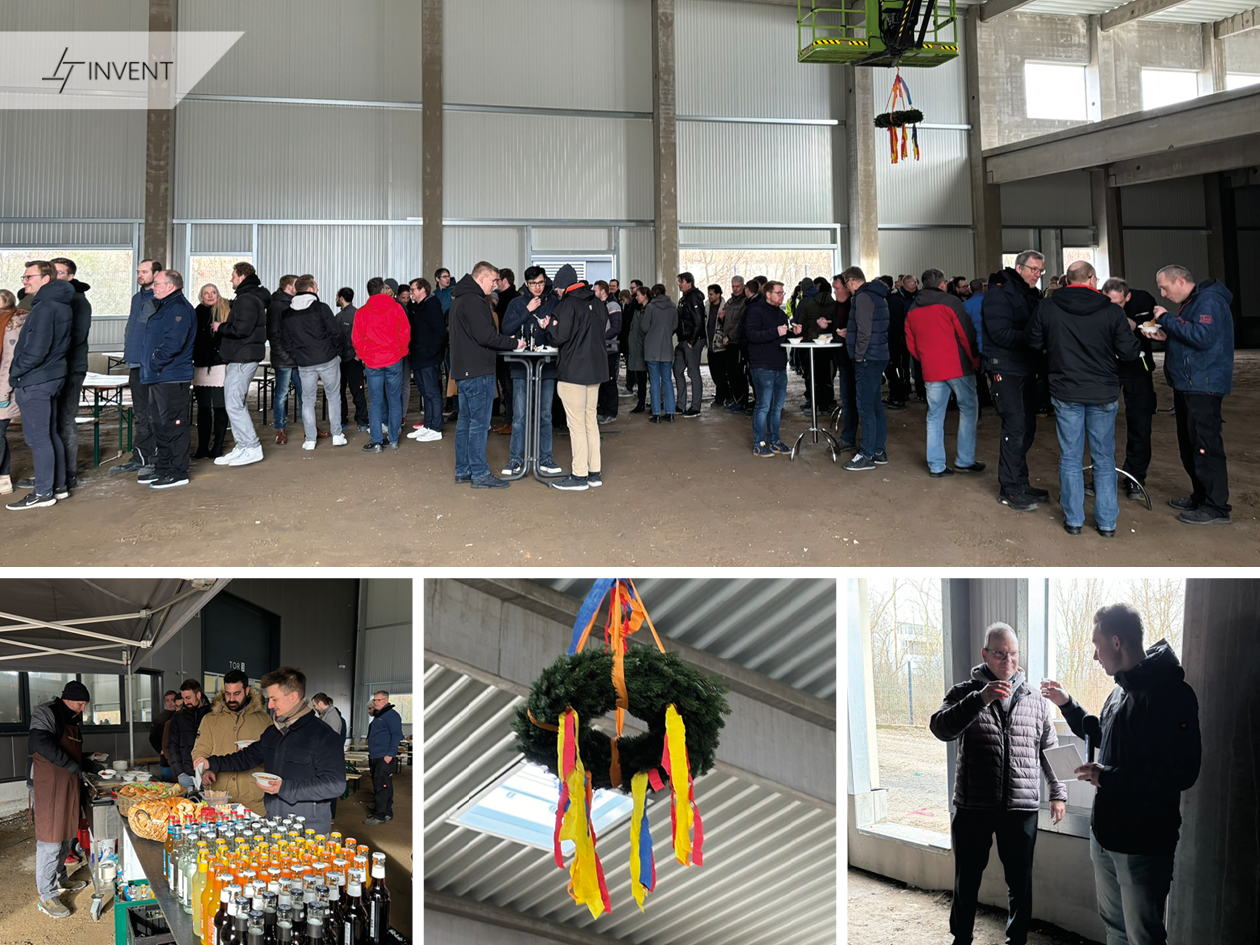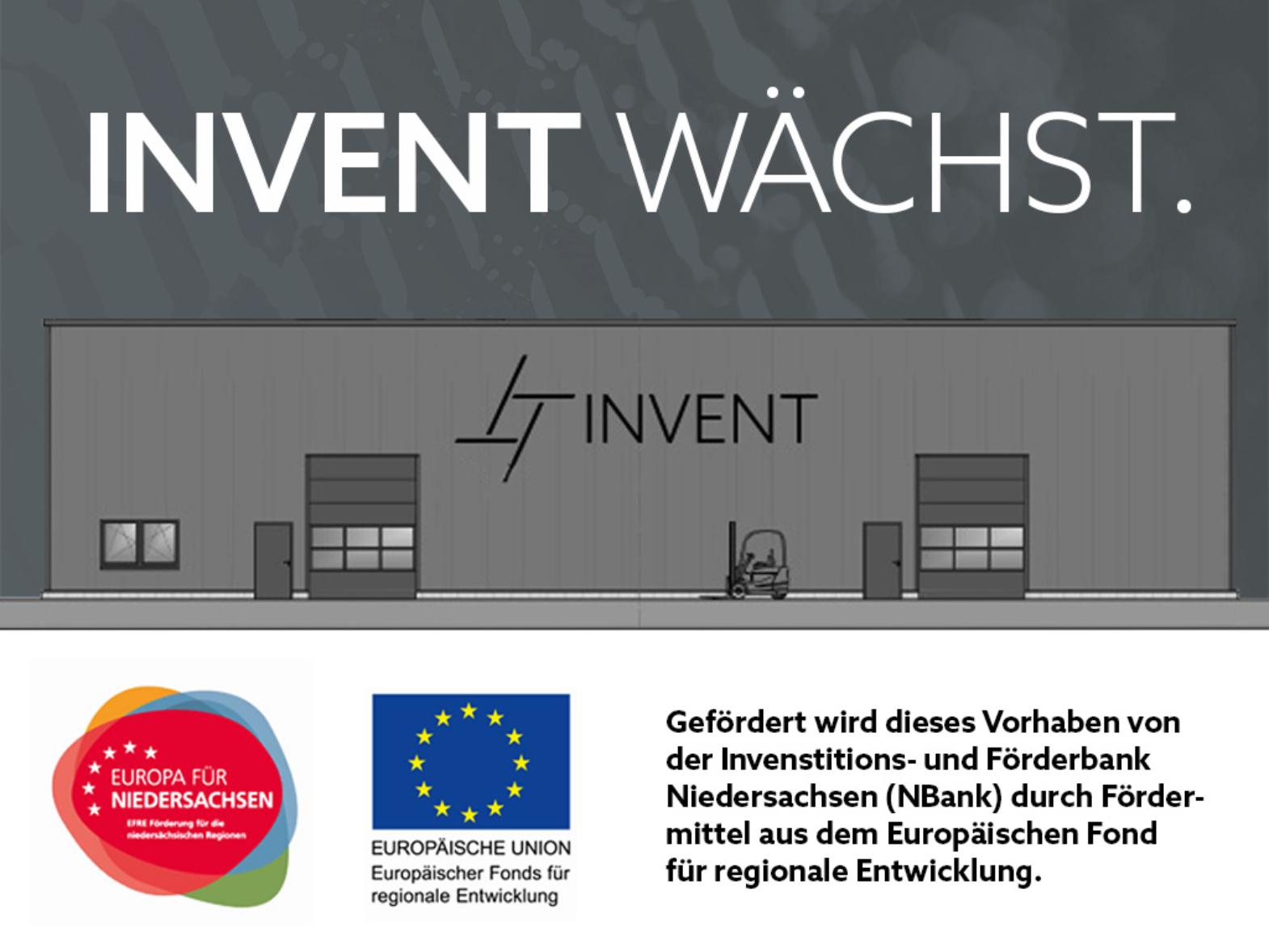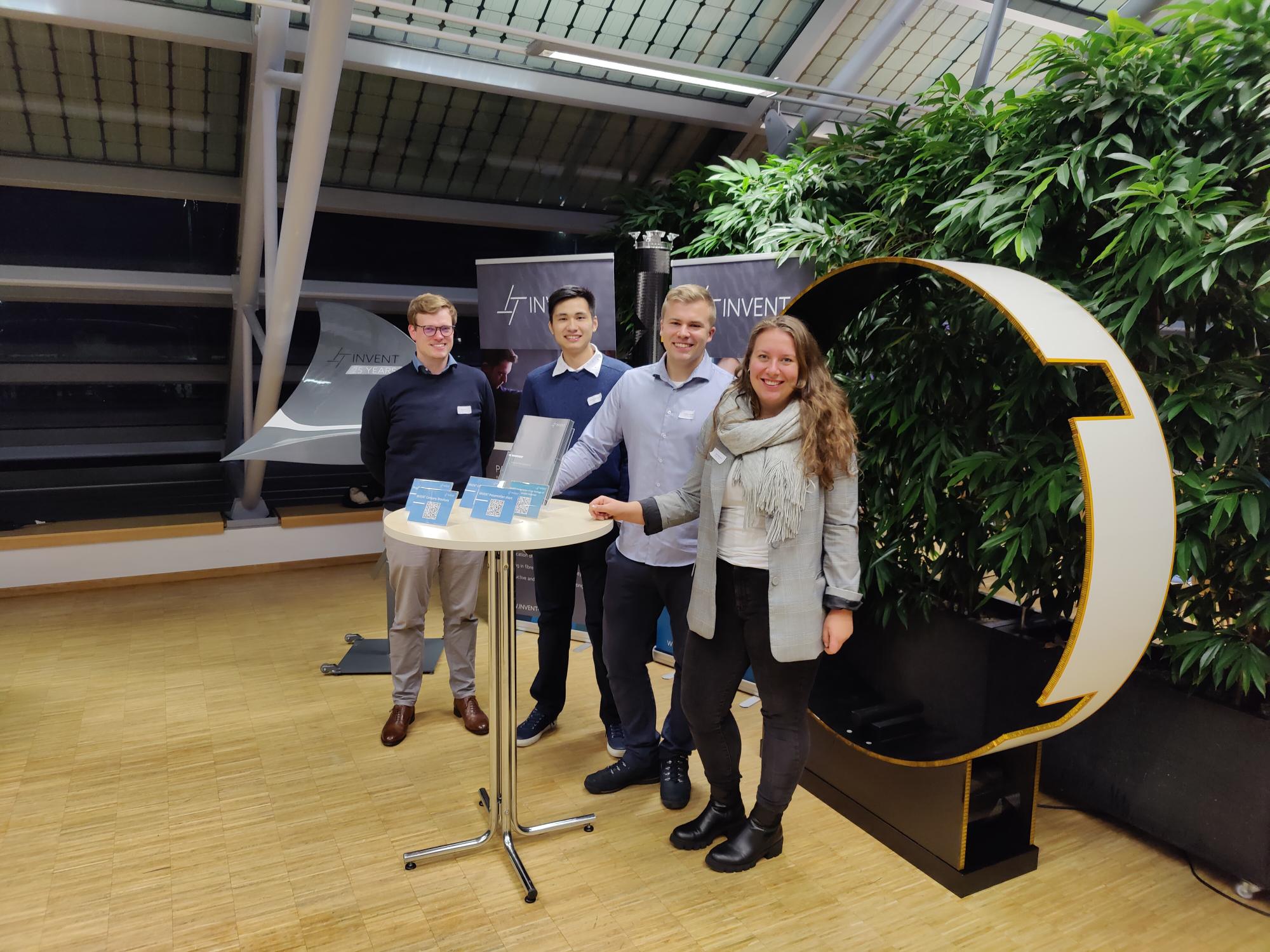INVENT develops a sensor network for Active Structure Monitoring
In aerospace, as well as in the automotive industry and in the development and production of rail vehicles, lightweight construction has been an issue for decades – every weight saving reduces emissions and thus also costs when flying into space, traveling through the troposphere or even just getting to work. And whether it is a spaceship or a regional train, the demands on robustness, safety and reliability of the materials are very high and subject to strict specifications – fibre-reinforced composites also have special damage-mechanical characteristics due to their multilayer and complex structure.
But how can the condition of components in use actually be checked? INVENT GmbH from Braunschweig, together with six partners, has investigated this question with a view to rail transport and developed an integrated, sensor-based diagnostic system in the joint project faWaSiS. This system can significantly reduce the mass of trains by using composite materials more effectively and at the same time detect material damage at an early stage. The key is the use of piezoceramic area transducers.
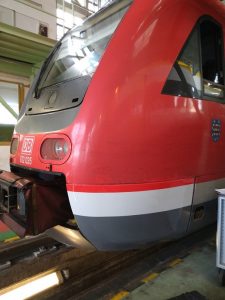
But how can the condition of components in use actually be checked? INVENT GmbH from Braunschweig, together with six partners, has investigated this question with a view to rail transport and developed an integrated, sensor-based diagnostic system in the joint project faWaSiS. This system can significantly reduce the mass of trains by using composite materials more effectively and at the same time detect material damage at an early stage. The key is the use of piezoceramic area transducers.
INVENT GmbH designed, developed and manufactured the copper-shielded integrable network module for the inside of the side skirt as well as the connection components. This was based on preliminary work such as component analysis and calculations by the Institute of Composite Structures and Adaptive Systems of the German Aerospace Center (DLR). Another project partner (SMT Forst) integrated the network into the manufacturing process of the side skirt, producing the final demonstrators for the field test. “We manufactured a total of three structural monitoring networks and one trade show demonstrator,” described Jesper de Wit, faWaSiS project manager at INVENT. The seven-month field test with two of the three side skirts in a DB regional train showed that the network also works successfully in practice. Two side skirts were installed to cover both directions of travel of the train.
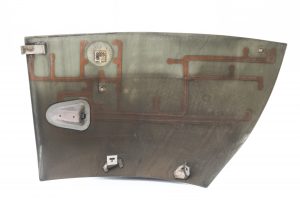
“We have thus demonstrated in theory and practice that the integrated network detects damage at an early stage and actively indicates necessary repair measures,” says INVENT division manager Friedrich von Dungern. The fact that this is possible is due to the piezoelectric transducer networks, which are based on DuraAct technology. This technology is patented by the DLR and has been industrialized by INVENT GmbH. INVENT GmbH has installed 32 piezo-ceramics in each faWaSiS network. These can excite and receive so-called Lamb waves (named after their “discoverer” Horace Lamb) and are being tested in applications including thin-walled structures made of composite materials by means of “structural health monitoring” in commercial aircraft. A transformation of the waves takes place where there are defects. These can be sensed and used for damage detection by means of complex algorithms. Due to their electro-physical properties, the use of piezoceramic transducers is ideal for damage detection, damage localization and damage assessment, as they cover a wide frequency range with low electrical power consumption in the µW range. In this way, the acceptance of modern lightweight construction technologies on the railways is to be increased “step by step and the possibilities of piezoelectric area transducers are to be made known in a new market segment,” clarifies von Dungern, INVENT Division Manager for Research & Development.
The faWaSiS research project was funded by the German Federal Ministry for Economic Affairs and Energy (BMWi) under grant number 19|17004. The project sponsor was TÜV Rheinland.
Über INVENT
Passion for Composites
As a recognized lightweight specialist for innovative fibre composite technologies in the aerospace, mechanical engineering, automotive, rail vehicle and shipbuilding sectors, INVENT GmbH in Braunschweig has been developing and producing high-precision structural components since 1996 as an EN 9100 and Nadcap certified company, from the initial idea to series production. Our own designers and constructors work very closely with a wide range of manufacturing specialists. In this way, we offer our customers a complete package from a single source with a view to design, production planning, manufacturing processes, mechanical processing, joining and assembly as well as painting and quality control.
Illustration 1: Demonstrator of a fully integrated SHM network for rail traffic (Source: INVENT GmbH)

